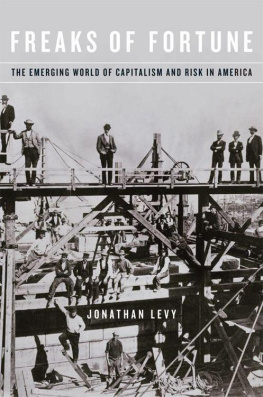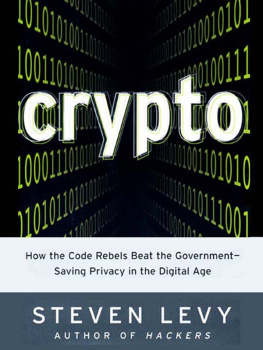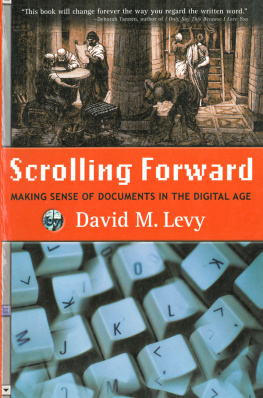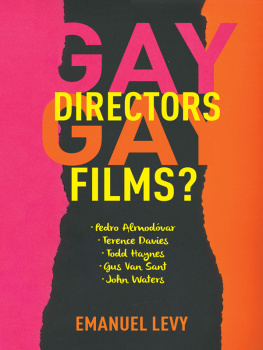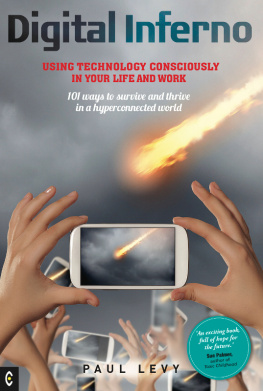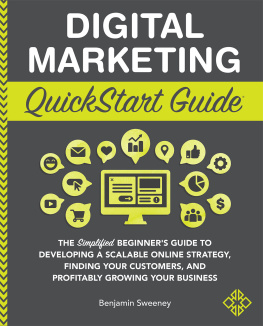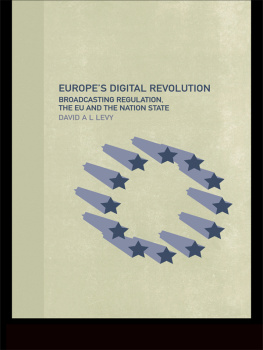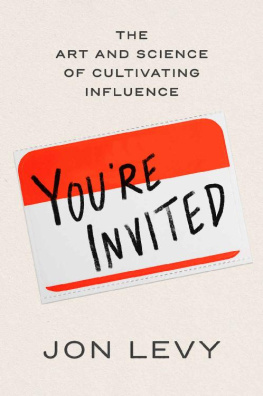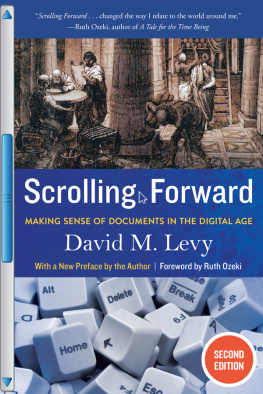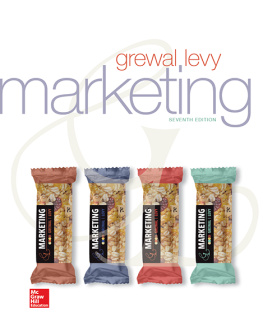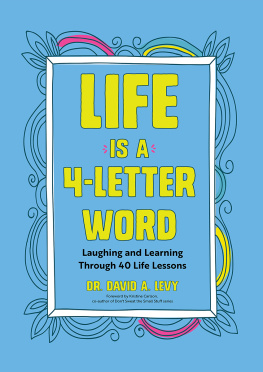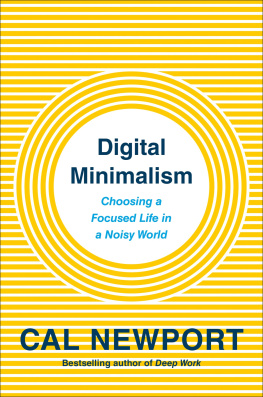Mindful Tech
Mindful Tech

How to Bring Balance to Our Digital Lives
DAVID M. LEVY
Yale University Press
New Haven and London
Copyright 2016 by David M. Levy.
All rights reserved.
This book may not be reproduced, in whole or in part, including illustrations, in any form (beyond that copying permitted by Sections 107 and 108 of the U.S. Copyright Law and except by reviewers for the public press), without written permission from the publishers.
Yale University Press books may be purchased in quantity for educational, business, or promotional use. For information, please e-mail (U.K. office).
Set in Bulmer type by Newgen North America, Austin, Texas.
Printed in the United States of America.
Library of Congress Control Number: 2015940846
ISBN 978-0-300-20831-3 (cloth : alk. paper)
A catalogue record for this book is available from the British Library.
This paper meets the requirements of ANSI/NISO Z39.48-1992 (Permanence of Paper).
10 9 8 7 6 5 4 3 2 1
For my teachers
And my students
From my students I have learned most of all
Pirkei Avot
Contents
Preface
Living Fast and Slow
For decades, I have been exploring how to live a rich and meaningful life while participating in both the Fast World and the Slow Worldin the fast-paced, crazy-busy, information-intensive world that has become the norm for many of us, and in the slower-paced, calmer world that we sometimes touch in moments of quiet contemplation.
I am a computer scientist by training, and for half a century I have been deeply engaged in the digital world and the tech industry. I first learned to program a computer as a teenager, in the mid-1960s, and did a significant amount of computer work in college. I went on to complete a Ph.D. in computer science and artificial intelligence at Stanford University and worked for years as a researcher at the famed Xerox Palo Alto Research Center (PARC), the Silicon Valley think tank where the networked personal computer was invented. In 2000, I moved from Silicon Valley to Seattle, from one tech mecca to another, to assume my current faculty position at the University of Washingtons Information School, where I conduct research and teach about todays digital developments.
As this brief description makes clear, I know the fast-paced life of the high-tech world quite well. In many ways I have thrived in this milieu. It has allowed me to explore fascinating intellectual and technical questions while affording me a decent living. But at the same time, it has continually exposed me to the challenges of living a life in the fast lanethe stress, the sense of overload, the sinking feeling that there is no end to the acceleration, and the continual search for better coping strategies.
In parallel with this fast-paced, high-tech life, and as something of an antidote, I began to explore modes of living that were slower, calmer, and more contemplative. While in graduate school in my early twenties, I began to feel the need to get quieter. Several times, a friend took me to Bay Area zendos (Zen meditation centers), where I sat cross-legged and tried to pay attention to my breathing. I hated it. But just a few years later, while still in graduate school, I began to study Western calligraphy, the ancient art of writing with a broad-edged pen, and this practice addressed my need to do something quieter, more body-oriented, less narrowly intellectual. Post-Ph.D. I spent two years studying calligraphy full time in London.
Calligraphy was an important bridge practice for me. Whereas my earlier exposure to Zen meditation had failed to engage me, my experience with calligraphy was altogether different. Although it wasnt explicitly described this way, the effort involved in skillfully bringing pen, ink, and paper together required a great deal of attention: to the moment-to-moment interaction between body, materials, and the emerging forms. In London I found that I could spend long hours sitting at my drawing board in my little garret room, pen or quill in hand, and time seemed to disappear as I became lost in the activity. If the phone rang (which it rarely did in those days) at the end of a weekend of such work, I sometimes found that I had trouble speakingclearly, another part of my mind was engaged. After the stresses of graduate school, I needed these Slow World practices to recover some semblance of balanceor perhaps to begin to find it, for the first time in my life. On my return to Silicon Valley after the two years in London, I was ready for a meditation practice, and searched for people who could help me. The Bay Area was a great place to get help, and I found a practice that has sustained me, and continued to guide me, all these years.
Back then, I didnt have language to describe these activities and experiences. But reflecting upon them now, more than thirty years later, I can see that calligraphy was my first contemplative practice, which trained me to focus more deeply and to bring my normally wandering mind and my body into better alignment. In the West, we tend to think that Asian calligraphy has this kind of meditative character, but it is clearly available in Western calligraphy as well. And I would suggest that any activity conducted with concentrationeven email or Facebookcan bring us into greater balance, inviting greater calmness and clarity.
Fast and slow, high-tech and contemplative: from these two threads I have woven a life. It was perhaps inevitable that I would begin to ask how these two modes of being relate to each other. Are they distinct worlds, necessarily kept completely separate? Are they antagonistic to each other, and therefore incompatible? Can they be brought into dialogue with each other? The questions were personal (how can I embrace these two dimensions in my own life?) but also social and societal (what are we to make of these two powerful impulses?).
I have borrowed the terms Fast World and Slow World from the New York Times columnist Thomas Friedman. In his 1999 book on globalization, The Lexus and the Olive Tree, Friedman suggested that today there is no more First World, Second World or Third World.
I am not comfortable with the way Friedman writes about these two worlds. In this quotation he dismisses, and apparently disdains, those who want to live a slower life. Yet many of us long for a slower rhythm, at least at timesnot just because it is slow, but because it seems to offer certain qualities of being that are hard to come by in our rushed and overloaded lives. Must we discount these attitudes, or those who try to live them, because they seem antithetical to progress, at least as understood by our current economic system? Whose idea of progress is this, anyway? Neither am I comfortable with the way Friedman divides the world into two neat categories, with his assumption that one must choose one over the other. Mightnt it be possible for us to find ways to better integrate fast and slow times and practices into our lives?
I first began to address these questions in writing twenty years ago. In an article called Im Not Here Right Now to Take Your Call: Technology and the Politics of Absence, which I wrote for a small workshop of computer scientists and social scientists, I contrasted the Slow World, contemplative practices I was cultivating with my Fast World, high-tech life. It almost seemed, I noted, that the fast pace and density of my work life was engineered to interfere with the Slow World dimensions of my life. And I wondered whether the new information technologies, which were being sold as tools for connection, might also be having the opposite effect: disconnecting us from one another and from ourselves.
Next page

